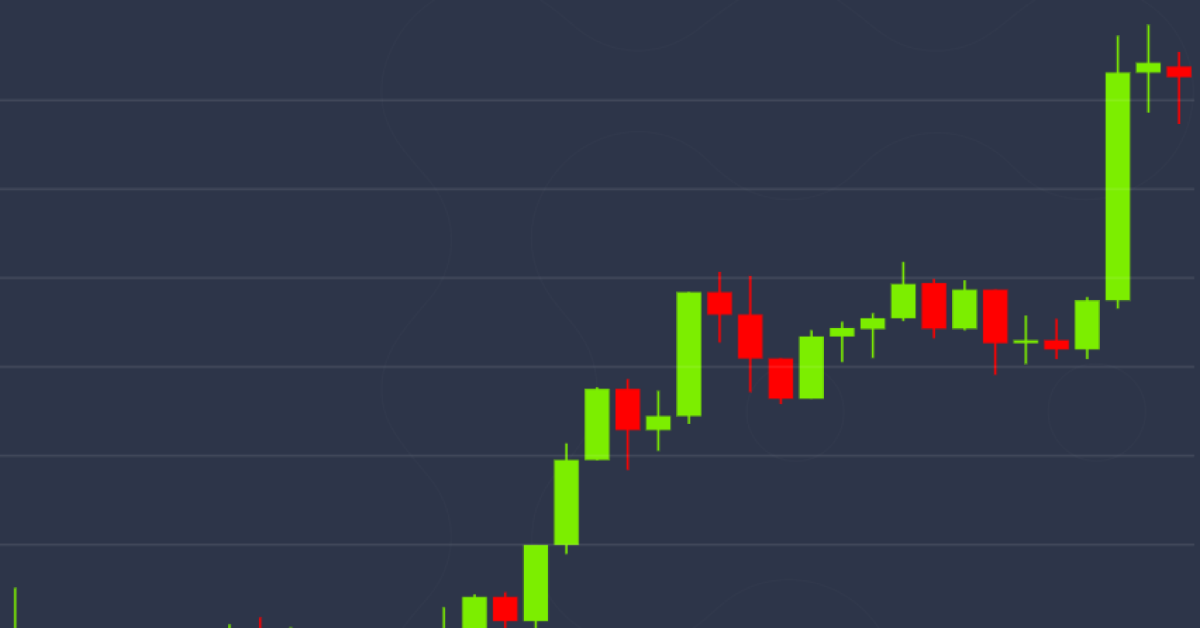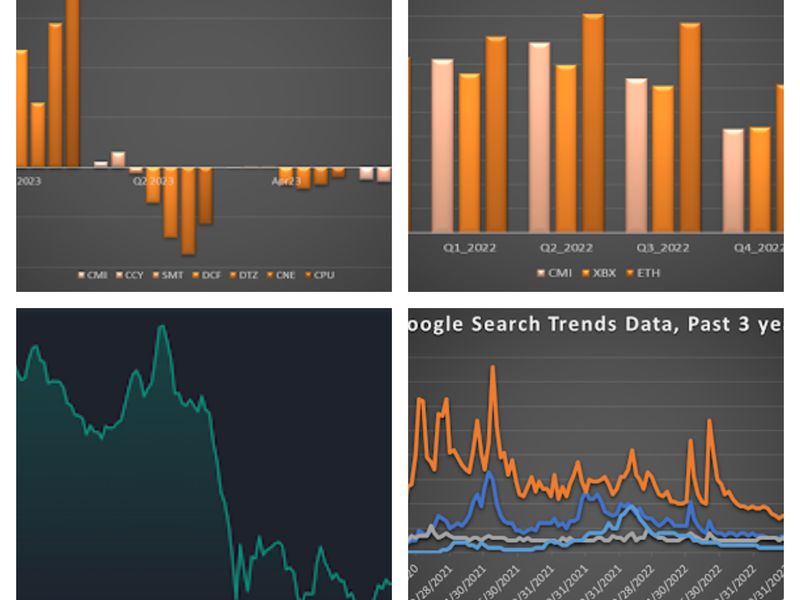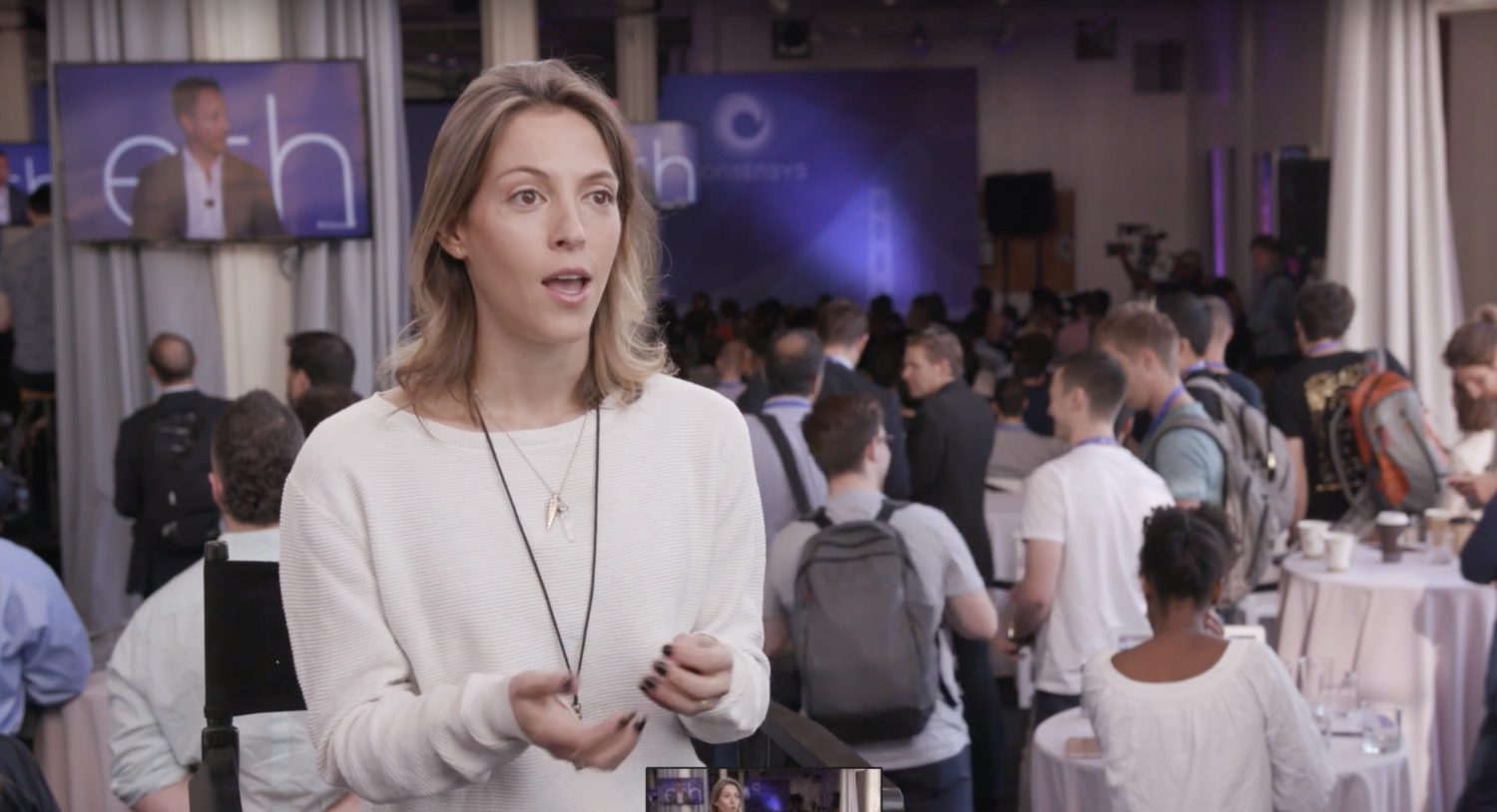Wyoming Grants DAOs New Legal Structure
Wyoming has extended its legal framework for DAOs even further, setting up a new nonprofit status.A16z says it'll encourage the DAOs it's associated with to establish themselves in that state. Wyoming has established a new legal framework for in-state decentralized autonomous organization (DAO) nonprofits that has crypto investment giant Andreessen Horowitz (a16z) calling the state









